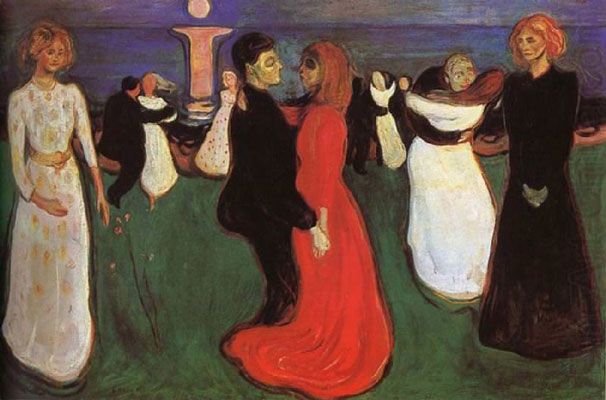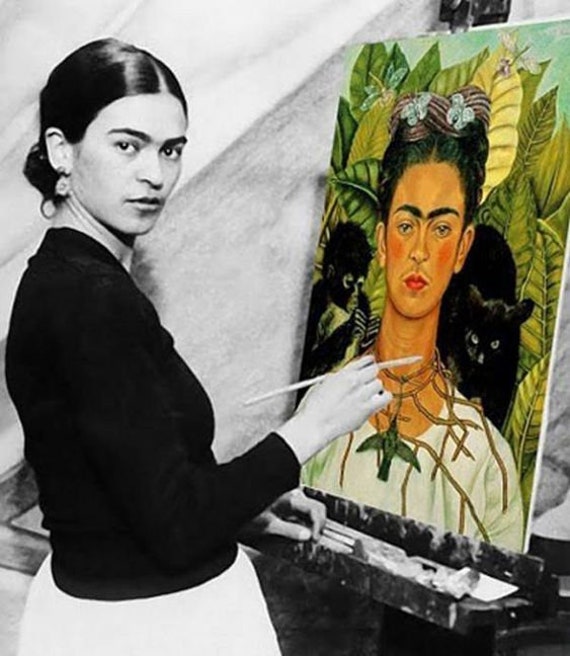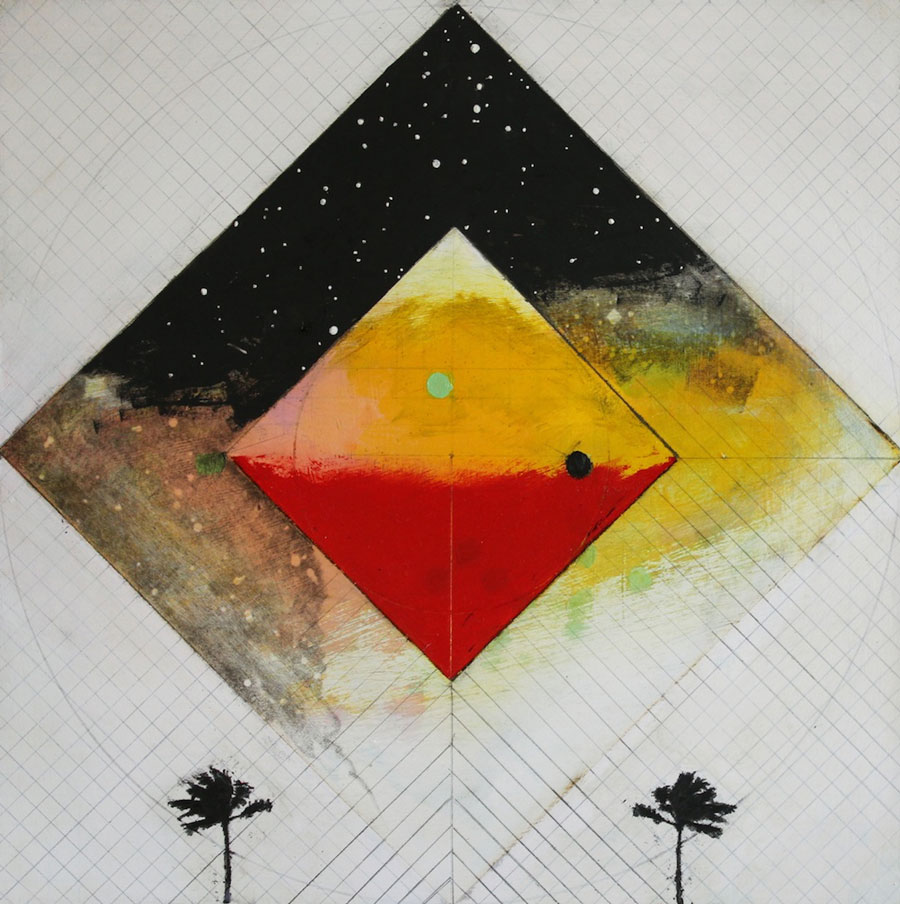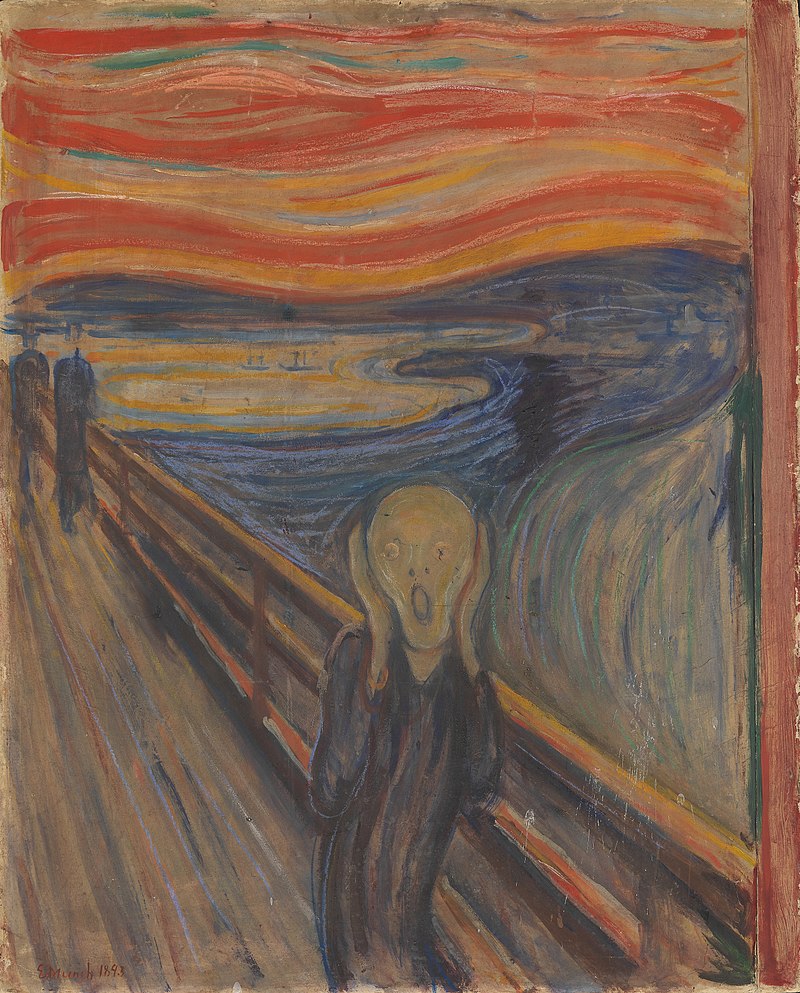Unlocking Symbolism: A Deep Dive into Hidden Meaning in Art and Literature

One of the most effective communication, artistic, and storytelling techniques is symbolism. It enables artists to convey concepts in layers, arouse feelings, and establish a deeper, frequently subconscious connection with viewers. However, what precisely is symbolism, and why is it so important?
What is meant by symbolism?
The practice of representing abstract ideas or concepts using symbols, such as objects, figures, colors, or activities, is known as symbolism. A symbol engages the imagination and emotions of the audience by allowing the author to show rather than tell, as opposed to making a direct statement.
A symbol usually has a representational or metaphorical meaning in addition to its literal meaning. As an illustration, a rose can be a flower in the literal sense, but it can also symbolize beauty, love, or even concealment ("sub rosa").
Yugami by deojahnu
Beginnings and Historical Background
The use of symbols dates back to the beginning of human civilization. The lotus flower, which represents purity and enlightenment in Eastern traditions, or the snake, which represents temptation and evil in the Bible, are examples of how ancient cultures employed symbolic language in their religious texts, myths, and rituals. Symbolism gained popularity in the 19th century, especially in France, as a literary and visual arts movement. Symbolic language was employed by poets such as Charles Baudelaire and Stéphane Mallarme to communicate concepts, feelings, and spiritual realities that were incomprehensible through literal language.
Types of symbolism
Symbolism that is universal
symbols that are understood throughout history and across cultural boundaries. As an illustration, the sun might represent strength or vitality.
Symbolism within Culture
symbols having culturally distinct connotations. For instance, white is frequently used to represent purity in Western culture and to represent grief in various Eastern civilizations.
Symbolism in Context
symbols having meaning that can only be found in a certain work.For instance, the green light in The Great Gatsby by F. Scott Fitzgerald represents Gatsby's aspirations.
Symbolism for the Individual
symbols made by a person that could have personal or subjective significance. An example would be a writer who uses a locket to represent personal loss in a narrative based on their own experiences.
Cirkus #8 - Doing Just Fine by Wiwi Taek
Using Symbols in Writing
Symbolism is a tool used by authors to give their stories more depth and resonance. In order to unearth concepts that are not explicitly mentioned, it encourages readers to engage in interpretation.
Symbols of the Literary World
Harper Lee's character, the Mockingbird, in To Kill a Mockingbird, represents both innocence and its death.
In William Golding's Lord of the Flies, the Conch Shell stands for democratic power, civilization, and order.
In Edgar Allan Poe's poem, the raven is a representation of death, grief, and maybe madness.
Use of Symbols in Visual Art
Symbolism is accomplished in visual art through composition, color, and imagery.
Distinguished Illustrations
The seventeenth-century Vanitas paintings are symbolic still life that depict the fleeting nature of existence, such as rotting fruit, skulls, and hourglasses.

Self portrait of Frida Kahlo
Self-Portraits by Frida Kahlo brimming with individual symbolism that symbolizes identity, cultural heritage, and physical suffering.
The phrase "This is not a pipe" in Rene Magritte's "The Treachery of Images" questions the viewer's understanding of symbols.
Why Make Use of Symbolism?
Adds Layers of Meaning: Complex concepts can be implied by a single image or phrase. Audience Engagement: Readers or viewers take on the role of active interpreters. Symbols are able to evoke emotional resonance by drawing on common cultural or psychological connotations. Encourages Universal Connection: communicates ideas that are widely understood by overcoming barriers of language and location.
Famous Artist's artwork

Whitney Johnson: Geometric Ratios

The Apparition by Gustave Moreau, 1876. watercolor. Paris.

Edvard Munch, 1893, The Scream, oil, tempera and pastel on cardboard, 91 x 73 cm, National Gallery of Norway
Fire Brush by Panduma
Some Advice on Employing Symbolism in Your Writing
Commence with the theme: Select an abstract concept or feeling that you wish to express.
Remain understated: Avoid making the emblem overt or overpowering.
Maintain consistency: Make sure a sign conveys the same meaning when it appears more than once.
Take into account your audience: Ascertain that the symbol is comprehensible and suitable for the culture (or be ready to provide a contextual explanation).
Employ supporting components: Use conversation, tone, or imagery to reaffirm the symbol.
In summary, looking past the obvious
Ordinary things or moments are transformed into deep representations of human experience through symbolism. Gaining the ability to identify and decipher symbols offers up a new level of comprehension, whether you're reading a book, watching a movie, or browsing an art gallery.
With so much literal messaging in our environment, symbolism challenges us to think, feel, and ponder more profoundly. What something means is more important than what it is, and frequently, that is what makes all the difference.
Join our classes to enhance & improve your memory skills and let your child unlock the power to retain information from every moment of his/her life!



